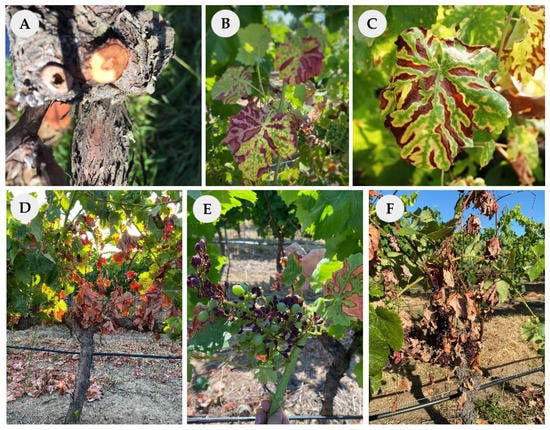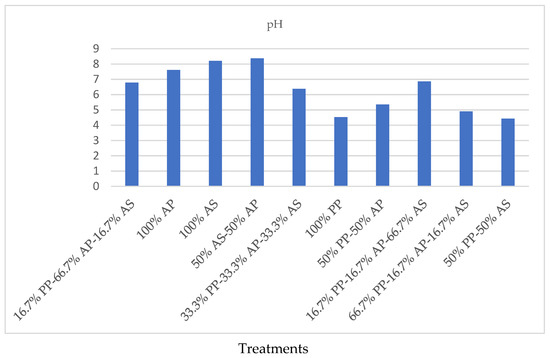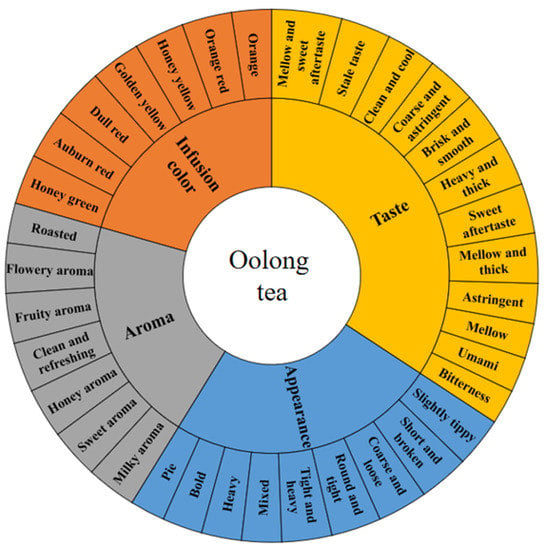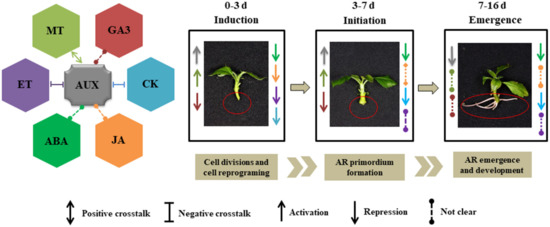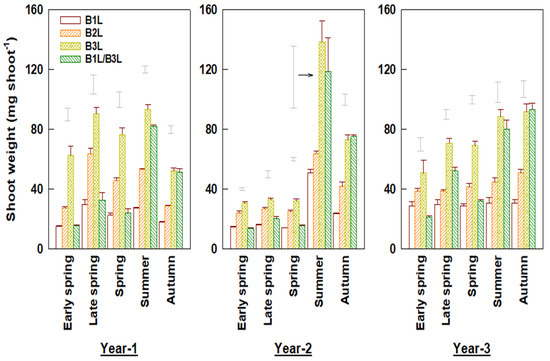1
State Key Laboratory of Desert and Oasis Ecology, Xinjiang Institute of Geography and Ecology, Chinese Academy of Sciences, Urumqi 830011, China
2
University of Chinese Academy of Sciences, Beijing 100049, China
3
Turpan Eremophytes Botanical Garden, Chinese Academy of Sciences, Turpan 838008, China
Horticulturae 2022, 8(4), 289; https://doi.org/10.3390/horticulturae8040289 - 29 Mar 2022
Cited by 17 | Viewed by 7692
Abstract
Suaeda aralocaspica is an annual halophyte in the Amaranthaceae in the saline deserts of central Asia. This plant has succulent leaves and grape-like fruits and is a potential horticultural plant. To obtain the efficient sterilization method and optimal culture conditions, two types of
[...] Read more.
Suaeda aralocaspica is an annual halophyte in the Amaranthaceae in the saline deserts of central Asia. This plant has succulent leaves and grape-like fruits and is a potential horticultural plant. To obtain the efficient sterilization method and optimal culture conditions, two types of seeds produced from a single plant of S. aralocaspica were treated with 75% ethanol for different time durations first, and then sodium hypochlorite (NaClO) or mercury chloride (HgCl2), with five different timing treatments were used for second seed surface sterilization. Sterilized seeds were germinated on a Murashige and Skoog (MS) medium at different potential hydrogenation (pH) levels, to examine germination and seedling performance. The results showed that the highest germination percentage of brown seeds was 100% and that of black seeds was 17%. Thus, brown seeds were more suitable for further culture experiments than black seeds. For brown seeds, the sterilization effect of NaClO was better than that of HgCl2, based on the results of seed germination, contamination, and seedling survival. Rinsing with 75% ethanol for 60 s, sterilizing with NaClO for 8 min, and cultivating at pH 8.0 MS for 7 days was the best of all sterilization procedures and cultivation methods tested, which has been successfully applied to S. aralocaspica in vitro culture. The optimized protocol described here can be used as the reference for the Suaeda genus.
Full article
(This article belongs to the Special Issue The State-of-the-Art Propagation and Breeding Techniques for Horticulture Crops)

